The Rolls-Royce MT30 marine gas turbine has been selected for the Republic of Korea Navy’s FFX Batch III frigate, known as the Ulsan-class frigate, which will be built by Hyundai Heavy Industries.
Rolls-Royce say that they have already successfully worked with the RoKN to introduce a “revolutionary, modern and simple, hybrid propulsion system arrangement for all eight ships in the Daegu-class FFX Batch II frigate programme” – each powered by a single MT30 gas turbine and electric propulsion motors powered by four Rolls-Royce MTU diesel generators per ship.
“The use of the MT30 across the Batch II and Batch III frigates will deliver commonality benefits to the customer, such as spare parts, support infrastructure and training. For FFX Batch III, the Ulsan-class frigate programme, Rolls-Royce will also supply Engine Health Management (EHM) capability with its MT30 marine gas turbine. Supporting leaner naval forces, EHM technology delivers through-life benefits, such as reduced manpower and maintenance costs, by enabling the collection of reliable engine data and analysis to maximise asset availability and optimise on-board maintenance.
As part of Rolls-Royce’s on-going design collaboration with Hyundai Heavy Industries (HHI) for the specialised integrated gas turbine enclosure for MT30, HHI-EMD will continue to be responsible for the manufacture of this highly complex engineering enclosure and all ancillaries in-country, as well as continuing to provide in-service support.”
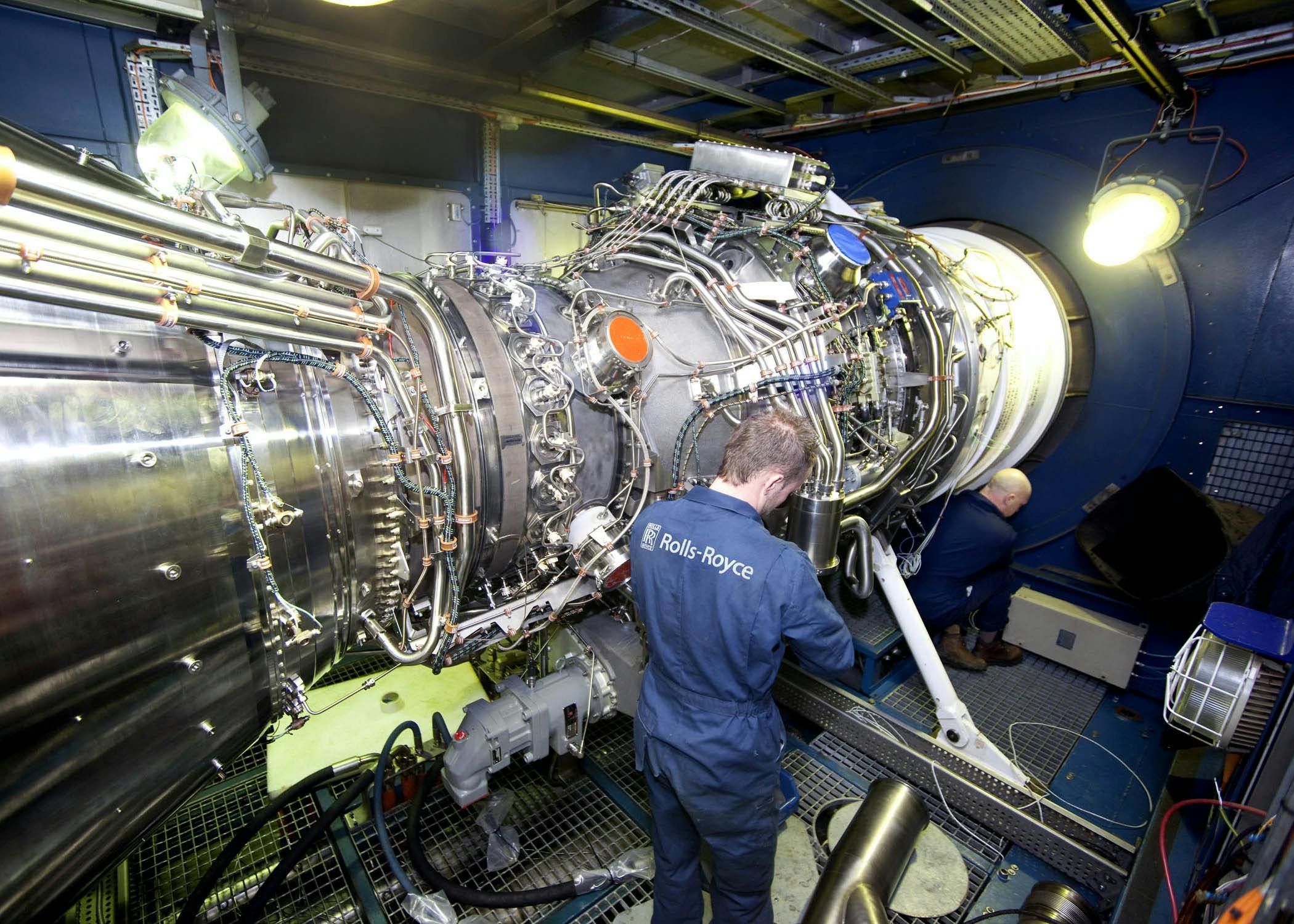
Jay Lee (Jongyel Lee), Vice President of Business Development & Future Programmes, Defence – Naval, Korea said:
“Today, Rolls-Royce remains at the forefront of naval propulsion technology. MT30 is powering many of the world’s most advanced platforms in all conceivable propulsion configurations. We are delighted that MT30 has once again been selected to power the latest batch of FFX frigates and we look forward to continuing our relationship with the Republic of Korea Navy and HHI.
MT30 first entered service with the Republic of Korea Navy’s Daegu-class in 2018. Its selection for FFX Batch III is a testament to the confidence that our customer has in the proven performance of this modern and superior engine. Selecting the right power and propulsion system is one of the most important decisions our customers will face when designing their new platforms.
We are committed to working closely with the Republic of Korea Navy to provide them with the most adaptable propulsion systems based on the most modern technology available today. This will ensure our customers can retain their military advantage via future technology insertion without having to endure costly upgrades to legacy power generation capability throughout the life of their ships.”
The MT30 gas turbine is already in service with navies around the world including the U.S. Navy’s Freedom-class Littoral Combat Ship and Zumwalt-class destroyers, the Republic of Korea’s Daegu-class frigates, the Royal Navy’s Queen Elizabeth-class aircraft carriers and the Italian Navy’s new Landing Helicopter Dock.
More recently, MT30 has been selected to power the Japanese Maritime Defence Force’s advanced 30-FFM frigate and in single gas turbine CODLOG (Combined Diesel Electric or Gas) configuration for the Type 26 Global Combat Ship programmes for the Royal Navy, Royal Australian Navy and Royal Canadian Navy.


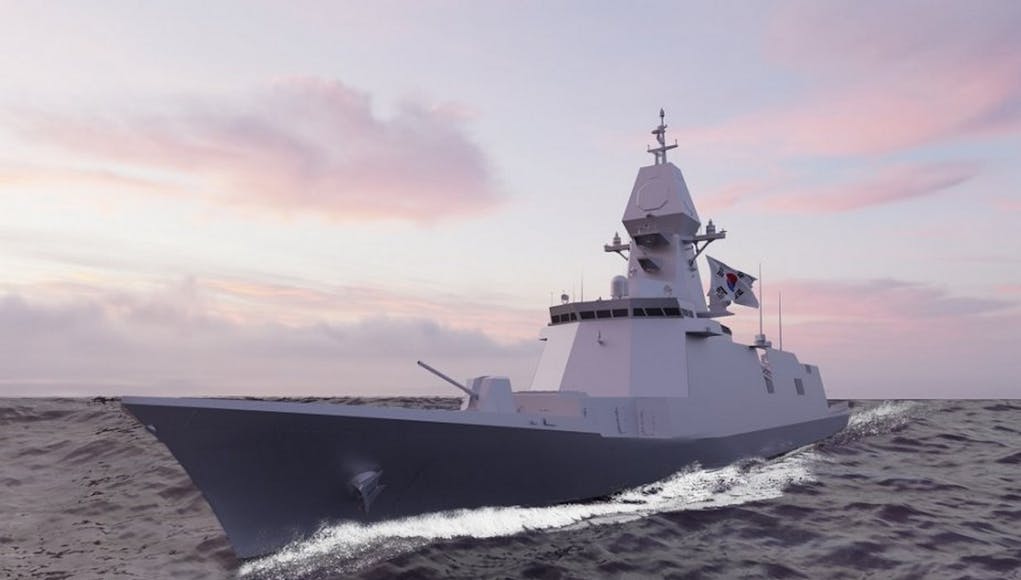
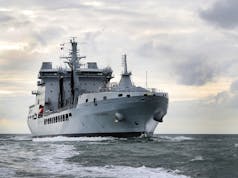
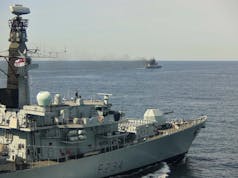
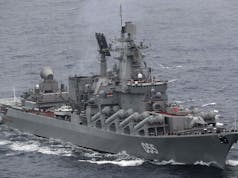
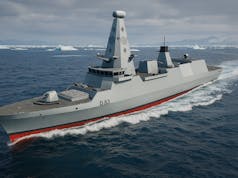

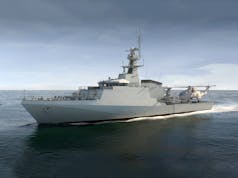

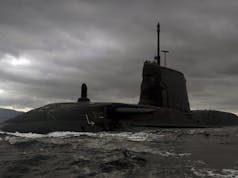
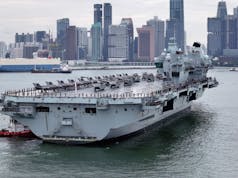
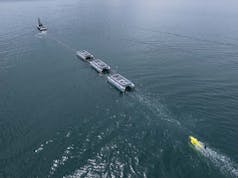

Rolls Royce MT30 powerplant is the world leader in naval gas turbines.
Something for the UK to be proud of
Yup, looks like a good news story for Rolls Royce and couldn’t be more important in the context of the hopefully temporary collapse of the civil aviation sector.
Cheers CR
Looks like a good bit of kit and will most probably be built a lot quicker than our snail paced builds.
https://www.navyrecognition.com/index.php/news/defence-news/2020/june/8658-rok-navy-s-ffx-batch-iii-frigate-to-be-equipped-with-the-future-long-range-naval-l-sam.html
Do you think the pace will be sped up now the funding is there across a 4 year period?
who knows – hopefully
Great news for RR, I reckon more will follow given the increased defence spending Worldwide and the PLAN’s rapid expansion.
Another one for Global UK…well done Rolls Royce.
Yes, Too right mate.
Latest S Koreasn frigates are the Daegu-class frigate, not Ulsans which are pretty ancient.
Its a Shame the MT30 wasn’t Available when the Type 45’s were being Designed and Built,we might now be Talking about the Fitting of the MK41 VLS rather than the New Diesel Gensets.
MT-30 could have been available, however Type 45 took a high risk strategy to use the WR-21, which had had a long gestation with US, UK and France involved. WR-21 promised very low fuel consumption and thus long range using an intercooler and heat recovery system. Unfortunately the intercooler did not work that well, leading to the well documented problems. Part of the reason was RR abandoning ‘bench testing’ for computer simulation a little to early in the day, so it entered production before a live engine had been tested in real world conditions. It was a brave choice and offered many benefits – innovation is not always good if the tech is insufficiently mature.
With this deal the MT30 will be powering Frigates for UK, Australia, Canada, Japan and S Korea. That’s some clean up in the export market. Its a pity the US went for FREMM over the T26 for their anti sub frigate as I think they would be much better served with the more modern frigate.
I was trying to dig out what engine is powering the new MKS 180 Frigates for Germany but couldn’t find it.
GE LM2500 ? Not sure but the Sachsen Class are fitted with them.
I’m pretty sure the Australian Hunter Class are going to use the LM2500 GTs also.
You might be thinking of the Hobart destroyers and older Anzacs which use LM2500s. All of the T26 derivatives they use the same MT-30 powertrain, including the RAN Hunters. The new Italian Trieste LHD is also powered by MT-30 .https://en.wikipedia.org/wiki/Rolls-Royce_MT30
No,the expectation was the Hunter Class would use the MT30,but with the Re-designing process ongoing they wanted to change to the LM2500,maybe to provide Commonality ( and savings ) with their Hobart AWD’s.
Big mistake.
MT-30 is also used by the USN Zumwalt class destroyer and Freedom class LCS.
Yes, How cool is that ?